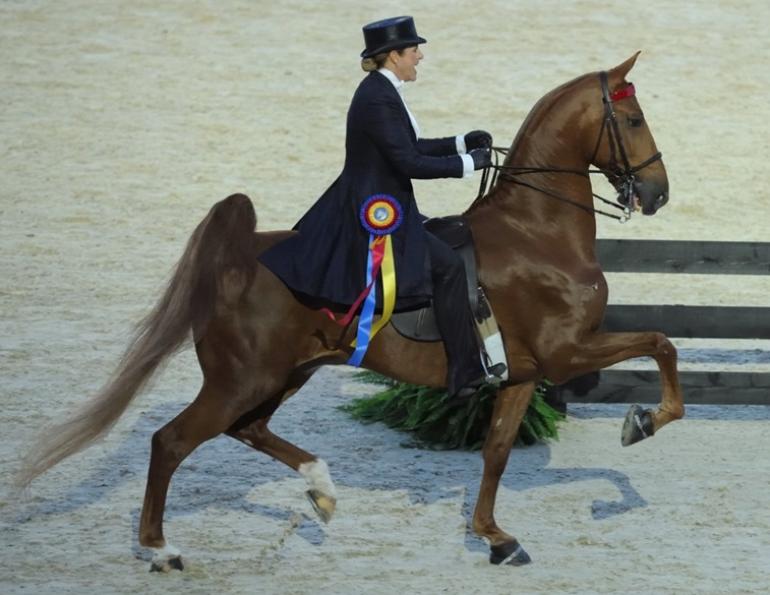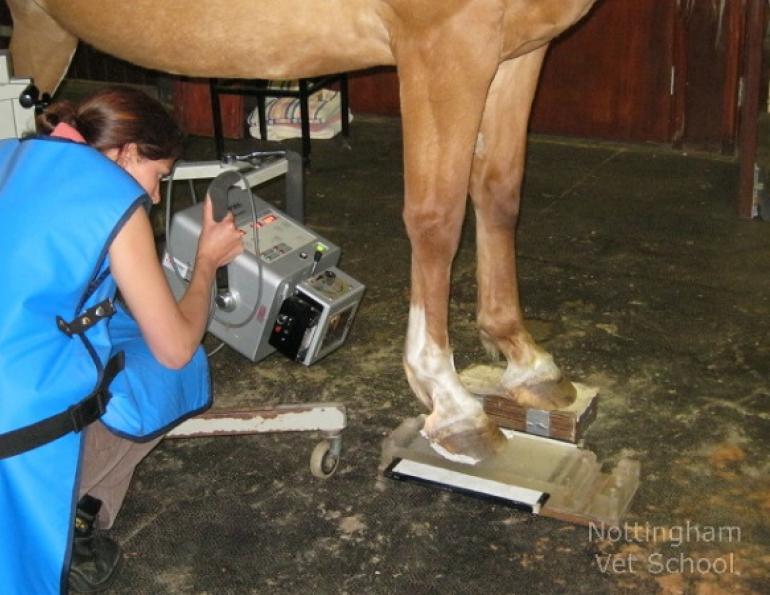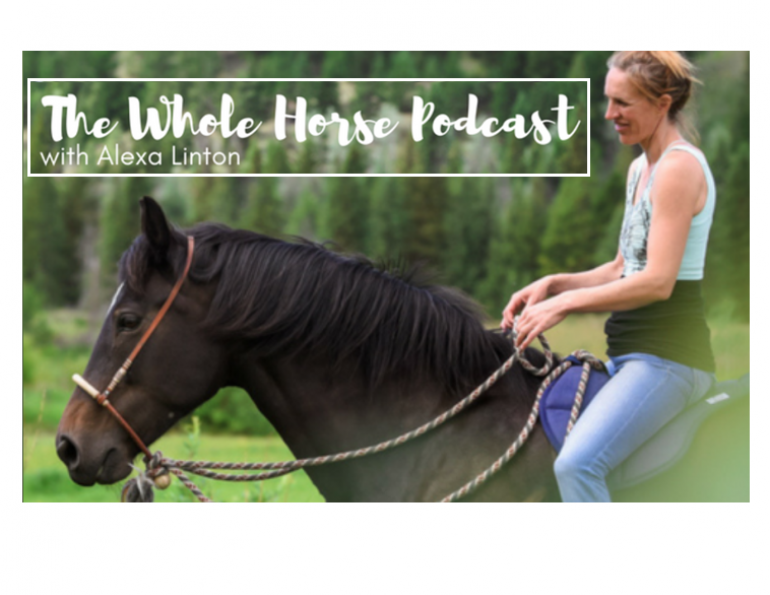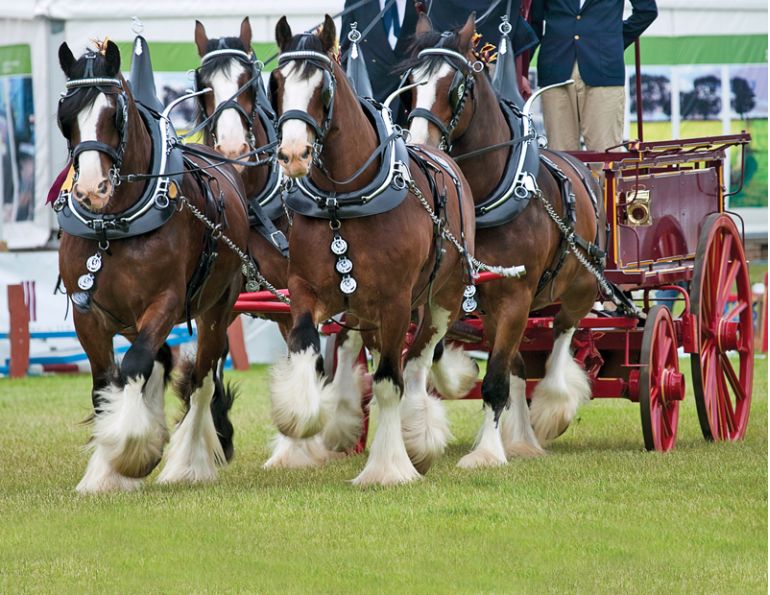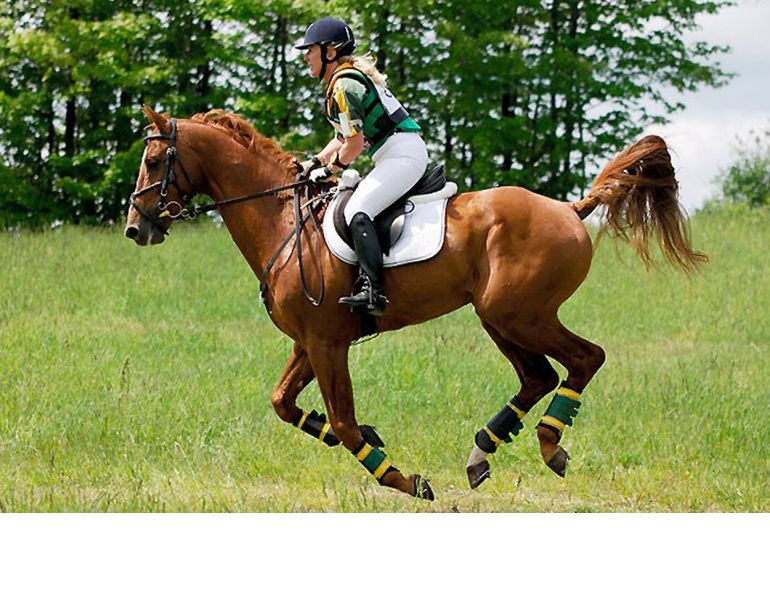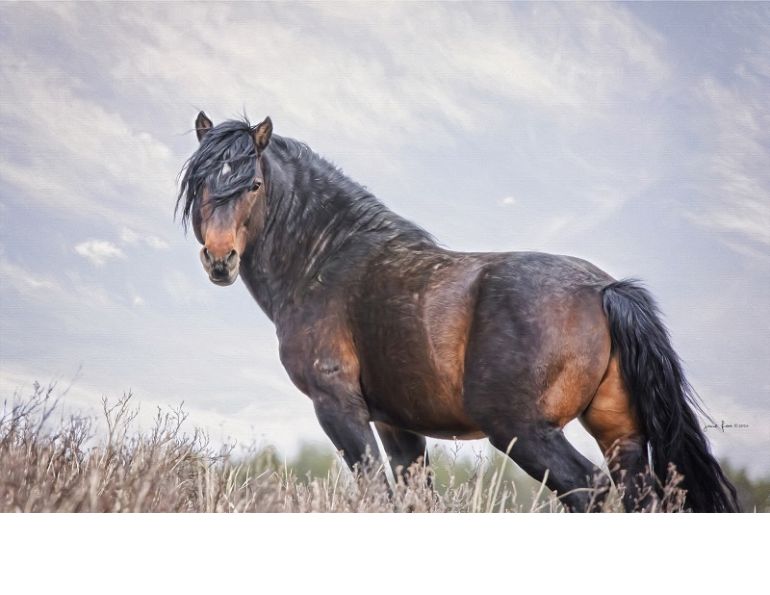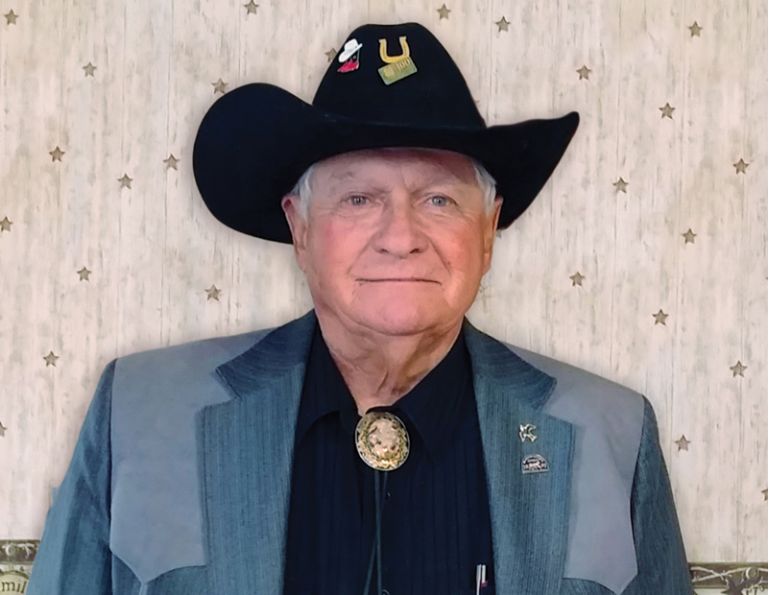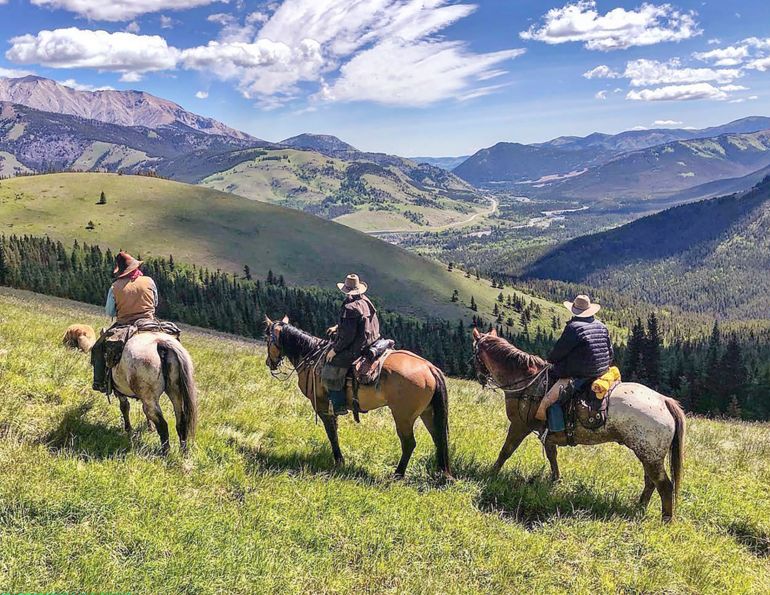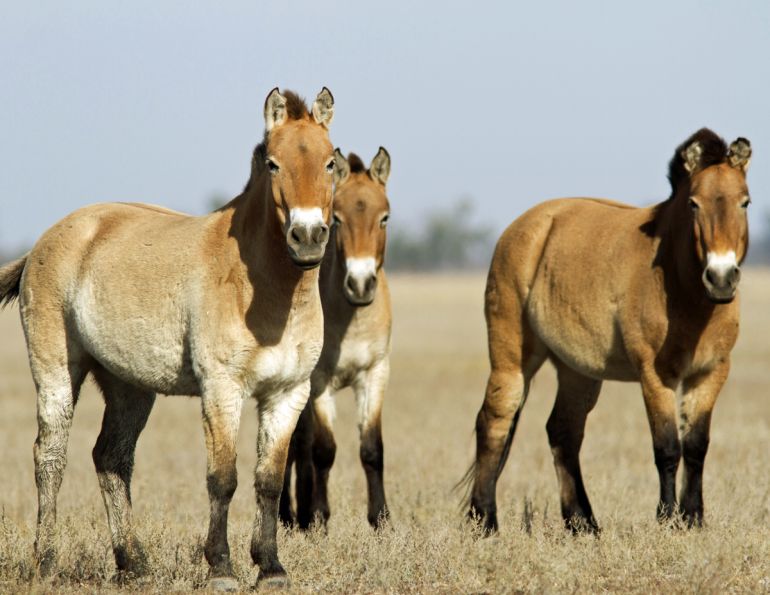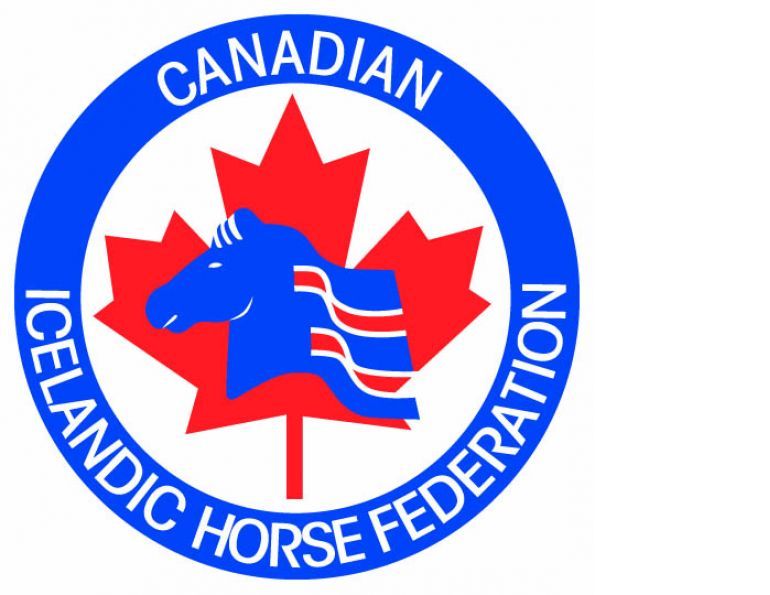By Melanie Huggett
The American Saddlebred is the quintessential show horse. Proud and athletic, they light up any space with their presence and eye-catching looks. But the Saddlebred is also much more than a show horse. For 200 years, the breed has been a great riding horse, cavalry horse, and family companion.
The Saddlebred first made its way to Canada in the 1920s, but its beginnings are much earlier with the gaited Narragansett Pacer of the 1700s. Named after Rhode Island’s Narragansett Bay, Narragansett Pacers were popular mounts and many were sold to Canada and the West Indies.
Beginning in the early 1700s, Narragansett Pacers were crossed with English Thoroughbreds and Canadian Pacers, and by the American Revolution the “American Horse” was created. These horses had the size and athleticism of the Thoroughbred and the Narragansett’s easy gaits and stamina.
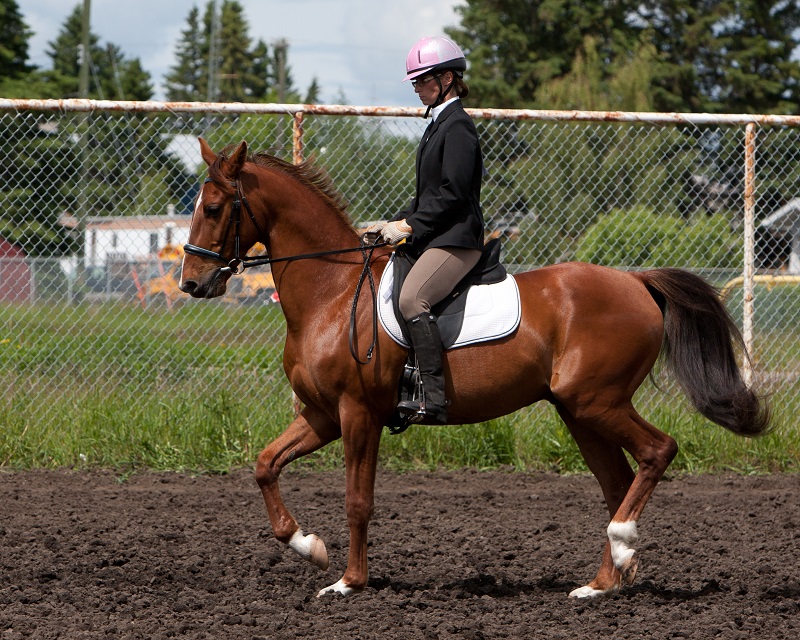
Saddlebreds first made their way to Canada in the 1920s and have grown in popularity since. Photo: R-BAC Photography
As America grew, American Horses spread and additional Thoroughbred blood was added along with that of the Morgan, Arabian, Standardbred, and Hackney. By the 1800s, a large, all-purpose, attractive horse had been created in Kentucky. Called the Kentucky Saddler in the 1800s, this was the future American Saddlebred.
In 1851 a colt named Gaines’ Denmark, sired by a Thoroughbred named Denmark crossed with a gaited mare, was foaled. He would go on to be one of the breed’s founding sires. More than 60 percent of American Saddlebreds in the first three registry volumes trace to Gaines’ Denmark. Another founding sire is Harrison Chief, who traces to the Thoroughbred Messenger.
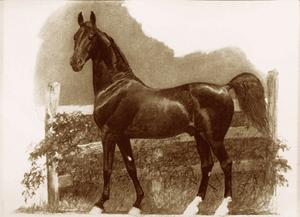
Gaines’ Denmark, foaled in 1851, was one of the breed’s foundation sires
Kentucky Saddlers were often winners at horse shows in Kentucky and Virginia, prized for their beauty, style, and utility. They would also prove to be superior cavalry mounts during the American Civil War of the mid 1800s and were ridden by many high ranking officers. Primarily, however, they were used to pull the family cart to church on Sundays and carry plantation owners around their farms. They were often chosen when one needed to travel long distances due to their smooth, comfortable gaits.
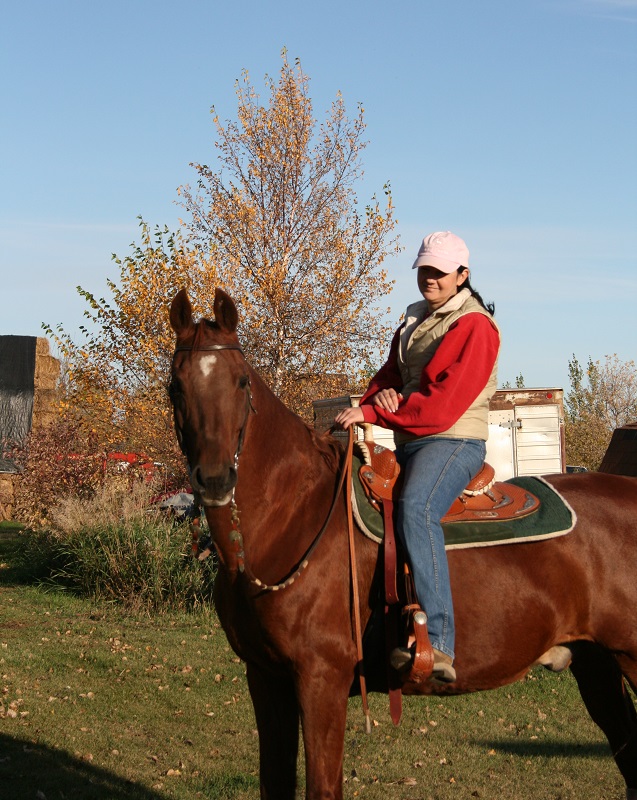
Saddlebreds are comfortable to ride, and during the 1800s were often chosen for long distance trips. Photo courtesy of Sandra Fonstad
In fact, the primary trait for developing the Kentucky Saddler was the “saddle gaits” — the rack, running walk, fox trot, or slow pace. After the creation of the National Saddle Horse Breeders Association (NSHBA) in 1891, the first registry for the breed, horses could be registered based on their ability to gait.
The creation of the NSHBA also renamed the breed the Saddle Horse. The association and the breed would change names again in 1899, and for a final time in 1980 when the association was renamed the American Saddlebred Horse Association (ASHA).
The first American Saddlebreds made their way to Canada in the 1920s. “The Saddlebred was first imported into Canada by W.J. Fulkerth of Disbury, Alberta in 1928,” says Melodie Schwieger, an ASHA of Canada Director. “He imported four mares and one stallion called The Dare. For years ‘Joe’ was the only one from Winnipeg to the West coast to exhibit Saddlebreds. He was frequently seen in the Calgary Stampede parades riding his Saddlebreds. In total Joe imported 14 mares and six stallions from the USA and sold horses from Halifax, Nova Scotia to Vancouver Island, BC.”
The breed has grown in popularity since then and as of December 31, 2009 there were over 5400 American Saddlebreds registered with the ASHA of Canada, which was organized in 1948 to encourage, develop, promote, and regulate the breeding of purebred American Saddlebreds in Canada.
Personality and Performance
Today, the American Saddlebred is a pleasure horse, a driving horse, and a riding horse, but they are best known as the “ultimate show horse” due to their flair for saddle seat competitions.
“They are show offs who love the excitement and the spectators watching,” says Sandra Fonstad, who breeds Saddlebreds in Saskatchewan. “The more noise the crowd makes, the better they like it. They are not afraid, but excited and loving every minute of their job.”
“They want to show off,” says Jocelyn Dye, who has served on the Board of Directors with ASHA of Alberta. “Even our Saddlebreds that never made it to the show ring and were designated trail horses have that drive to show off. They will pop those knees up just trotting out of the campground!”
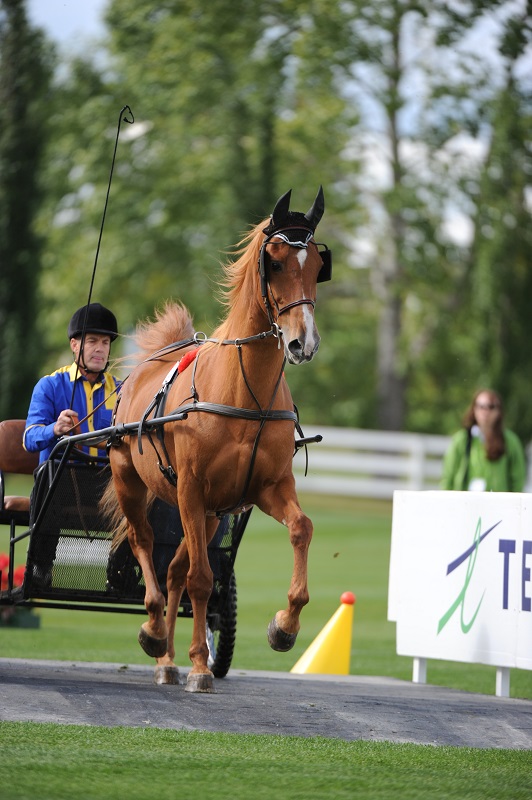
The Saddlebred makes an excellent driving horse for pleasure or combined driving competitions. Photo: Robin Duncan Photography
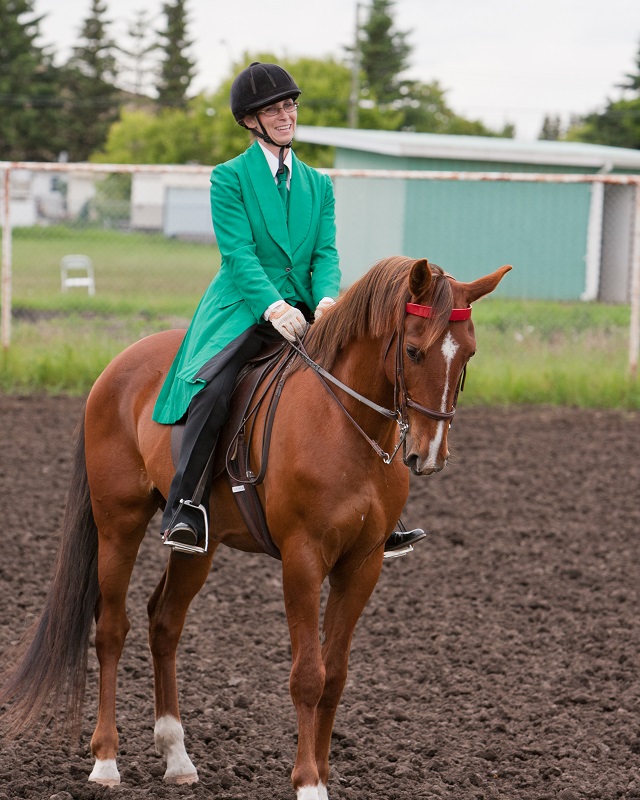
The American Saddlebred has been called the Kentucky Pacer and the Saddle Horse, but they have always maintained the same type: a fine, athletic horse with easy gaits. Photo: R-BAC Photography
The breed’s athleticism and willingness to work also makes the Saddlebred suitable for a variety of disciplines, from trail riding and 4-H, to parades and trick riding, to jumping and combined driving.
“We are seeing the American Saddlebred become competitive in endurance, competitive driving, dressage, and competitive trail riding, plus many others, including Western and hunters,” says Judith Werner, ASHA President.
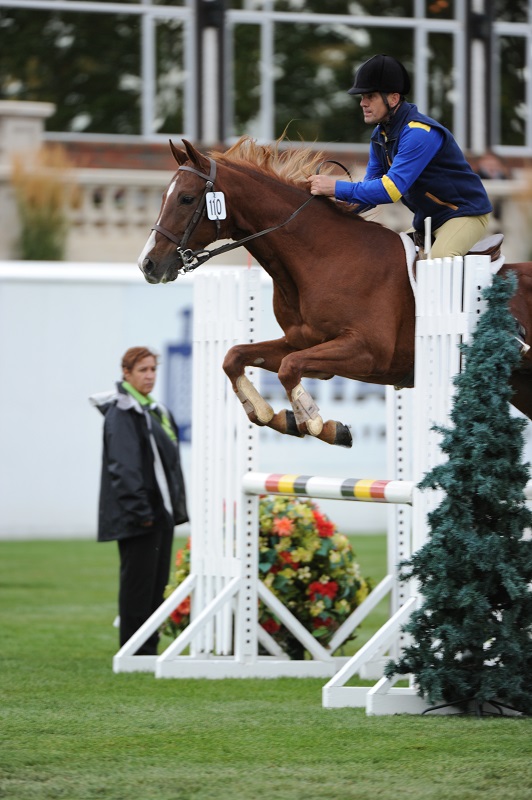
Contrary to popular belief, the Saddlebred can do much more than show saddle seat. Today they can be seen doing hunters, driving, dressage, competitive trail riding and endurance, Western, and a number of other disciplines. Photo: Robin Duncan Photography
“(People think) they are only good for showing. Not true,” says Fonstad. “In 2010 it was a Saddlebred that won the Iron Horse (combined driving) competition in the USA. They are used as police horses to control crowds and interact with the public. They are used as trail horses and working horses. They excel in almost any area of the horse world.”
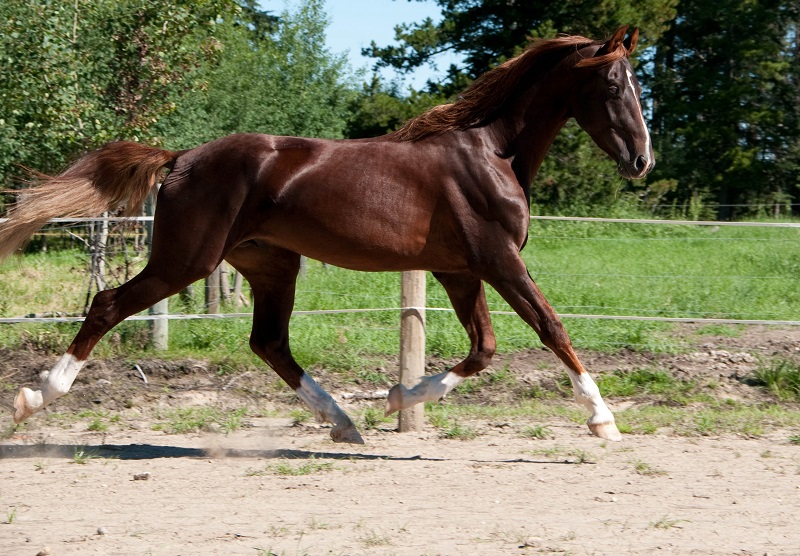
The American Saddlebred should have a fine head with expressive eyes, a long, arched neck, well-laid back shoulder, short back, and high set tail. Photo: Tracy Davis
According to Saddlebred breeders, owners, and enthusiasts, it is a combination of the breed’s amiable temperament and conformation that allows it to perform a number of disciplines.
“They are such a curious, intelligent, and athletic breed and I think this is why they do so well at any discipline,” says Dye. “I love their personality and can-do attitude. I love that I can be at the horse show one weekend and the next climb a mountain with the same horse.”
“They are people loving horses with a huge desire to please you,” says Schwieger. “I have worked with a number of breeds but always come back to the Saddlebred because they make training so darn easy!”
“My favourite things about the breed are their ability to learn, their want to please you, their curiosity and sense of humour, and their desire to be with people,” says Fonstad.
The American Saddlebred is easy to distinguish with his good looks. “They typically have a high head and neck carriage and a stylish way of going that will make it hard for you to miss one in a crowd,” says Schwieger. As set out in the breed standard, the ideal Saddlebred should have a fine head with wide-set, expressive eyes and graceful, curved ears set close together. Their neck should be long and arched with a fine throatlatch. The withers should extend well back on the short, straight back, and the shoulders should be well sloped. The loin should be short, the croup long and muscular, and the tail set high. The legs should be straight, with broad, flat bones and well-defined tendons, with sloping pasterns and proportionate, sound feet. On average, they are 15 to 17 hands high and weigh about 1000 pounds. All colours are acceptable in the breed, including pintos, as registration is based on pedigree only.

Because registration is based on pedigree alone, all colours are acceptable in the breed. Photo: Clix
“The Saddlebred is a well built breed that stays sound and will do whatever you ask of them,” says Fonstad.
Many Saddlebreds still have the five gaits that made them prized when they were called Kentucky Saddlers. In horse shows, there are typically classes for three gaited and five gaited Saddlebreds. Saddlebreds typically have expressive, high-stepping action that is easy to ride.
“They are the most beautiful, smooth riding mount you could choose,” says Schwieger.
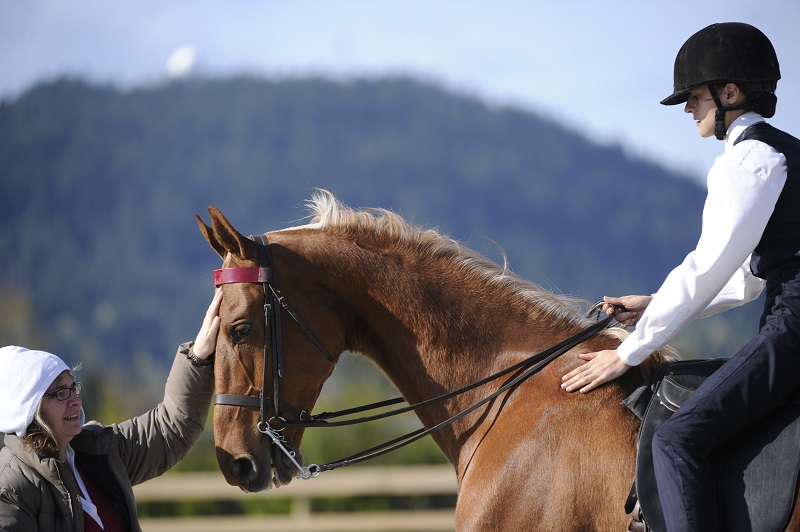
Saddlebreds are a people-loving breed and will try hard for their owners and riders. Photo: Robin Duncan Photography
Overall, the American Saddlebred is a capable, people-friendly horse that suits a variety of tasks. “I feel the breed is extremely misunderstood and for years has hidden its light under a bushel basket. It is a wonderful horse that can fit so many disciplines and as a show horse it has no peers,” says Werner. “I have described the American Saddlebred many times in the following way: When you walk into a party or a gathering, what people catch your eye? It is usually people who seem self-assured, are animated in their conversation, and have a certain style. That is the American Saddlebred — it sets itself apart from the other breeds with its look and style.”
Main Photo: The American Saddlebred is the ultimate show horse, excelling in saddle seat competitions with his expressive, animated gaits and good looks. Credit: Clix
This article was originally published in the August 2011 issue of Canadian Horse Journal



